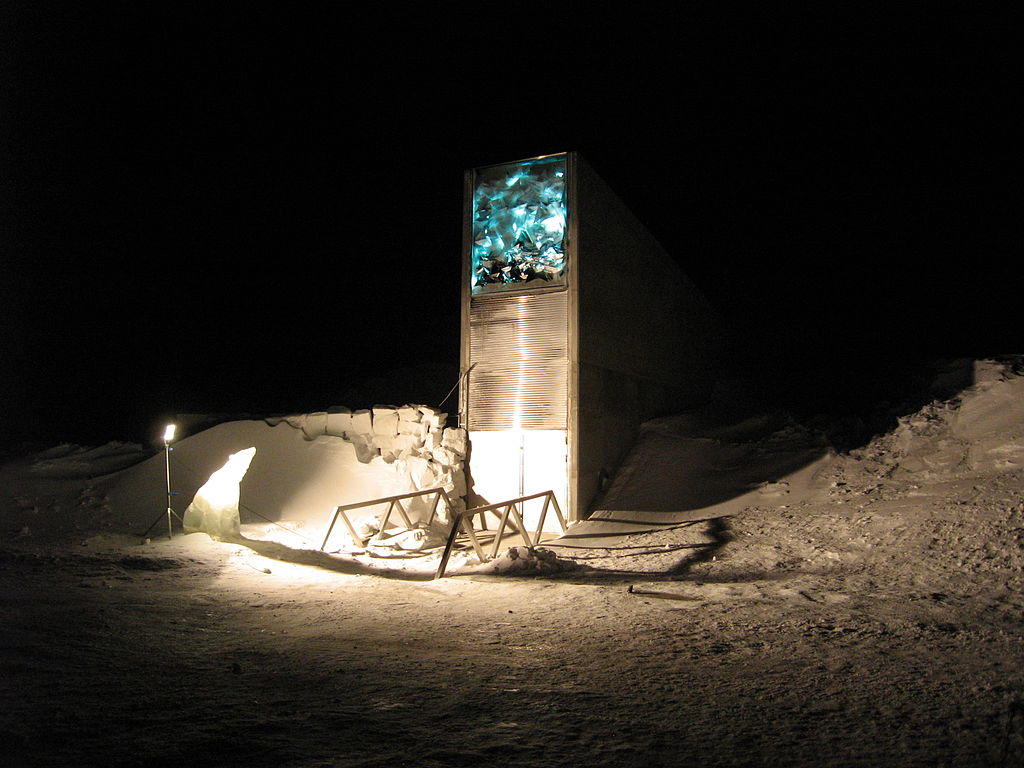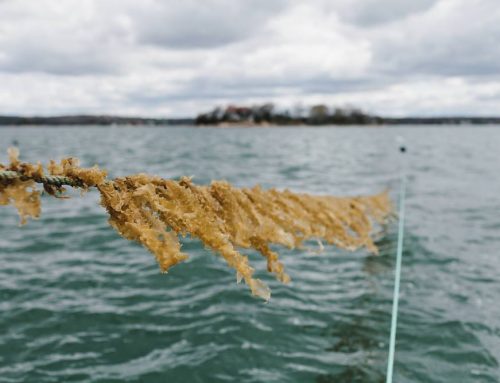Building a more resilient world requires redundancy.
The Svalbard Global Seed Vault is a secure seed bank located in the remote Norwegian Svalbard archipelago that aims to provide a backup to other seed banks and global biodiveristy. Wars, natural disaster, and conflict have destroyed seed banks in the past. This project help promote sustainable agriculture and prevent agro-biodiversity loss by maintaining the genetic diversity necessary to restore and enhance agricultural crops.
The Svalbard Global Seed Vault provides a backup to these local collections to prevent that from happening. It is the world’s largest secure seed storage, and it has been operated by Norway since 2008. The vault is designed to preserve seeds from most major food crops’ seeds for hundreds of years. Svalbard was considered a good location for such a backup location because it is geological stable, far from human activity, beyond the range of sea level rise, and its location provides cold, dry rock vaults that are good for storing seeds.

A Seedbank. This photo is of Storing Native Seeds: Packages of native North American accessions in cold storage at the WRPIS. The WRPIS maintains approximately 4,500 accessions of native species, more than 1,500 of which have been acquired in the last five years as part of a cooperative project with the Bureau of Land Management’s Seeds of Success Program. Photo by R. C. Johnson
There are about 1700 seed banks around the world. These seed banks that conserve over 7 million seed samples, many of which can be found only in one of these banks. If anything goes wrong in any of these facilities, diversity could go globally extinct. To insure against this possibility seeds from all over the world are sent to Svalbard for long-term storage. The seeds within the Svalbard Global Seed Vault are copies of seed samples stored in the other seed banks. The vault owns and operates the facility while the depositing banks own the collections they deposit.
The vault was built by the Norwegian government. The Norwegian Ministry of Agriculture and Food operates the vault with the Nordic Gene Resource Centre and the Global Crop Diversity Trust, and this operating partnership is advised by an international council.
The Svalbard Global Seed Vault is a novel example of global collaboration to address a global problem that has involved national governments, international organizations, and other foundations. The Anthropocene is expected to increase social and ecological turbulence, and therefore resilience building projects such as the Seed Vault are vital elements of creating a better Anthropocene. The Seed Vault increases the resilience of the world food system, and its existence as a symbol helps focus more awareness of the problems facing seed banks and on agricultural biodiversity conservation in general.



